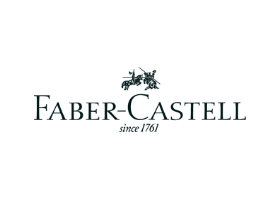1
Available Soon
Specifications
| Publisher | Wiley-Interscience |
| ISBN 13 | 9780471558712 |
| Book Description | Offering a viable solution to the long-standing problem of estimating the abundance of rare, clustered populations, adaptive sampling designs are rapidly gaining prominence in the natural and social sciences as well as in other fields with inherently difficult sampling situations. In marked contrast to conventional sampling designs, in which the entire sample of units to be observed is fixed prior to the survey, adaptive sampling strategies allow for increased sampling intensity depending upon observations made during the survey. For example, in a survey to assess the abundance of a rare animal species, neighboring sites may be added to the sample whenever the species is encountered during the survey. In an epidemiological survey of a contagious or genetically linked disease, sampling intensity may be increased whenever prevalence of the disease is encountered. Written by two acknowledged experts in this emerging field, this book offers researchers their first comprehensive introduction to adaptive sampling. An ideal reference for statisticians conducting research in survey designs and spatial statistics as well as researchers working in the environmental, ecological, public health, and biomedical sciences. Adaptive Sampling: Provides a comprehensive, fully integrated introduction to adaptive sampling theory and practice Describes recent research findings Introduces readers to a wide range of adaptive sampling strategies and techniques Includes numerous real-world examples from environmental pollution studies, surveys of rare animal and plant species, studies of contagious diseases, marketing surveys, mineral and fossil-fuel assessments, and more |
| Language | English |
| Author | Steven K. Thompson |
Adaptive Sampling Hardcover English by Steven K. Thompson
Added to cart
Cart Total SAR 0.00




























































































































